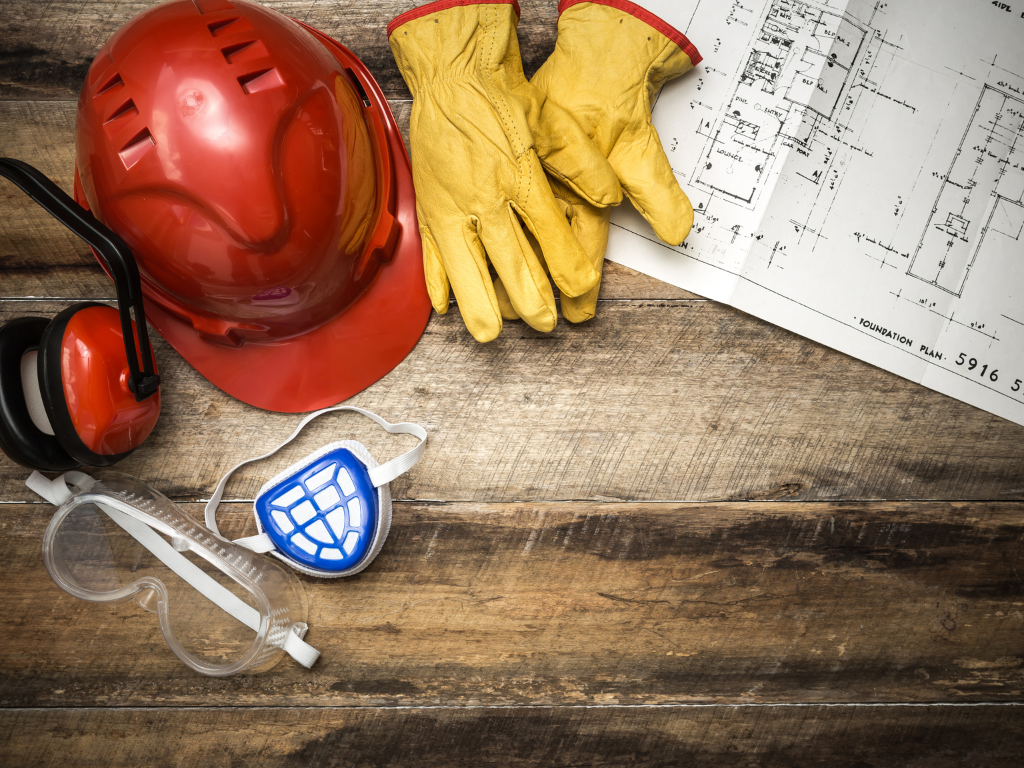Safety supplies are not just tools—they are essential guardians of our well-being. But have you ever considered the psychological impact they might have? Let’s delve into this fascinating topic.
The Link Between Safety Supplies and Anxiety
Picture this: You’re in your new job at a bustling construction site, clad in your steel cap shoes and safety helmet. There’s a high level of noise and activity all around you. In such an environment, these pieces of safety equipment can serve as a comforting buffer between you and potential harm. But what happens when these very safety supplies become a source of stress?
Anxiety can creep in subtly. It might start with an uncomfortable feeling in your safety glasses, or unease when wearing your safety gloves. Gradually, these minor discomforts can build up into a substantial psychological burden. For some, the simple act of donning their high vis vest or safety workwear may ignite a feeling of stress or fear about the potential dangers they might face.
PPE and the Illusion of Safety
Wearing protective clothing, such as a safety jacket or safety uniform, certainly provides a critical shield against potential hazards. However, an interesting phenomenon often arises in this context, known as risk compensation. Simply put, risk compensation suggests that people may engage in riskier behavior when they feel protected. For instance, someone wearing steel cap shoes might feel invincible and overlook other safety precautions, leading to accidents.
Now, let’s consider another piece of safety gear, the safety cap. While it provides essential head protection, over-reliance on it might result in neglecting other crucial aspects of safety, such as staying alert to falling objects.
The Comfort Factor in Safety Supplies
Imagine trying to find ‘discount workwear’ or ‘safety workwear near me’. You’re likely to prioritize cost-effectiveness and proximity. But what about comfort? Often, workers overlook this aspect, only to realize later that discomfort can lead to a distraction, potentially increasing the risk of accidents.
Say you are wearing safety shoes, but they aren’t the right fit. They might cause discomfort, distract you from your work, and ironically, jeopardize your safety. The key here is to find the right balance between protection and comfort.
The Security of Safety Workwear
On the positive side, donning safety workwear, such as a high vis workwear, can also evoke a feeling of security. This is especially true in hazardous work environments. Safety supplies, like the safety glasses shielding your eyes or the safety gloves protecting your hands, give you the confidence to perform your tasks efficiently.
Coping with PPE Fatigue
PPE fatigue is a real issue faced by many workers, especially those in high-risk industries. Constantly wearing safety equipment, like safety footwear, safety uniforms, or a safety helmet, can lead to both physical discomfort and mental fatigue. This underlines the importance of appropriate rest periods and rotation of duties to ensure workers remain fresh and alert.
A Balanced Approach to Safety Gear
It’s clear that safety supplies impact us in more ways than we might initially think. It’s crucial to understand the potential psychological implications to ensure a healthy, safe, and productive work environment. Remember, safety equipment is designed to serve us. But its effectiveness is not just about physical protection—it’s also about how we mentally engage with it. Always make sure to balance safety and comfort, and most importantly, remember that safety supplies are only one part of a broader safety strategy.
Engaging with Safety: Key Questions and Strategies
In our previous discussion on the psychology behind safety supplies, we dug deep into understanding their impact on our mental health. The conversation doesn’t end there, though. Let’s explore some questions you might have and discuss how AA Safety, a leader in this field, can be part of the solution.
How Can I Manage Anxiety from Wearing Personal Protective Equipment?
Firstly, it’s essential to remember that you’re not alone. Anxiety related to personal protective equipment, or safety supplies, is more common than you might think. Recognizing the issue is the first step to address it.
At AA Safety, we believe in creating a culture where it’s okay to voice concerns and seek support. If you’re feeling anxious about your safety gear, it’s crucial to share these feelings with your superiors or colleagues. Often, a quick conversation can lead to practical solutions.
How Can We Prevent Risk Compensation Behavior in the Workplace?
It’s no secret that feeling overly secure in our safety gear can sometimes lead to riskier behavior. As a trusted provider of safety supplies, AA Safety is committed to comprehensive safety education. This includes creating awareness about risk compensation and encouraging safer behavior.
Moreover, regular safety briefings and ongoing training can reinforce the right safety practices, ensuring everyone understands that safety gear is only part of a larger safety strategy.
How Can We Reduce PPE Fatigue among Workers in High-Risk Industries?
PPE fatigue is indeed a pressing issue. Long hours in safety workwear can take a toll on both physical comfort and mental well-being. But the good news? There are strategies to manage this.
One effective method is implementing regular breaks to allow employees to rest and recuperate. Job rotation is another strategy that can prevent fatigue, by ensuring no one person is continuously subjected to the most physically demanding tasks. AA Safety supports these strategies, promoting well-being and productivity in the workplace.
Understanding the psychological aspect of safety supplies and how to manage it is vital for both personal well-being and overall workplace safety. At AA Safety, we prioritize not only providing high-quality safety gear but also fostering a culture of understanding, openness, and support.
Remember, it’s okay to ask questions, seek help, and engage in conversations about your safety. Because at the end of the day, your well-being is what truly matters.

